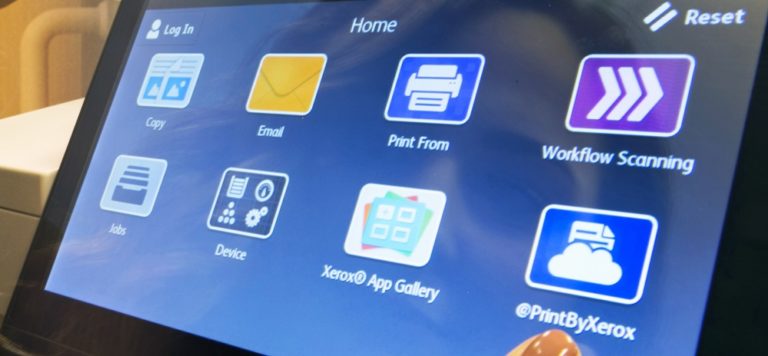By Doug Overton

I’ve learned that customer pain-points are often symptomatic of organizational shortcomings, thus analyzing customer care data can eradicate some issues from the support environment altogether. Customers air their grievances to your customer care environment, which feeds data on your company-wide performance.
Is your brand reaping the benefits of your customer care data? If the answer to that is no, you’re not alone. But a few organization-wide changes can turn that around.
First, your boardroom must reimagine your contact center as a problem preventer, not an issue management center.
Along the customer lifecycle, your support function is the primary source of communication in the customer relationship. In the technology industry, this spans pre-sales inquiries, the move-in teething period, in-life service issues and even the moonlight hours of renewal, upgrade or switch decision-making – customer care is ever-present.
Learn more about the power of your contact center’s analytics hub.
The data within the contact center has the power to help your brand achieve its goals. In order to do this, objectives must be aligned across the organization. So why is your contact center performance measured on Average Handle Time, your retail team on Unit Sales, and product team on Time to Market? In this ecosystem, no one is working toward operational excellence, but short-term performance indicators. Your workforce must first be liberated from the organizational silos that prevent them from working toward the same goals.
With the voice of the customer echoing from the contact center, the accuracy of customer support data is vital to the quality of insights. Traditionally, support agents reported on a support interaction by pinpointing the details of the call from up to 8,000 possible options. In an ideal world, this system would produce incredible insights; in reality, agents are under time pressures that limit their ability to accurately report on the intricacies of every issue they encounter.
My solution: Capture the support intelligence from agent activity. The steps an agent takes on-screen, or what she says to the customer, contain the detail you need. With the right technology, this data can be logged automatically, ensuring dependable customer insights.
If these insights are harvested and analyzed in real-time, the impact they can have on your organization is amplified. All that’s left is for your boardroom needs to ask itself: How can the contact center’s analytics hub help us meet our objectives?
Subscribe to this blog and receive email updates when we publish a new article.




We’ve been working on capturing and analyzing this kind of data and then fixing issues that we can. It has become clear that to be successful and efficient in this task we need the right tracking system and I’m not convinced our current application is it. What intrigues me the most about this article is the following statement:
“With the right technology, this data can be logged automatically, ensuring dependable customer insights.”
Being able to automatically capture data and effectively report on it would be huge for us. I’m interested to know what applications others have had success with.
Renee: Thanks for reading Simplify Work.
Craig Rich, chief marketing officer at WDS, will contact you at the email address you provided. Please look for his message as he is in the best position to answer your question.
Cheers,
Greg
i want rto know how do you get a person to answer a question about my my deduction of mt balance each day .
Hi Charles: I’m not sure where to direct your question. Can you be more specific? What is “mt balance”?
Thanks,
Greg